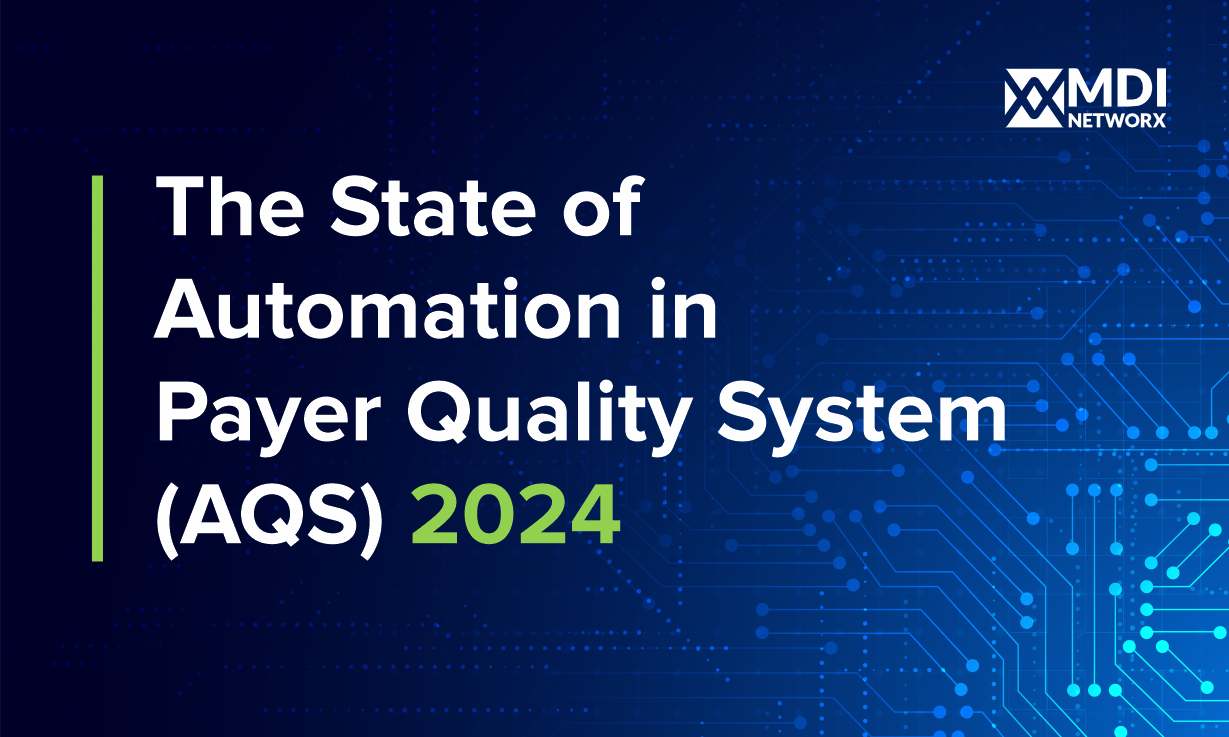In the pursuit of higher claims accuracy, many healthcare organizations are embracing automation. Yet, a surprising number struggle to achieve the expected impact. The reality is that improving claims accuracy demands more than basic automation; it requires strategic alignment, data integration, and forward-thinking solutions. With recent data showing returns on investment (ROI) as high as 10x for aligned automation efforts, let’s explore the key barriers and innovative solutions that can truly drive transformation in claims accuracy.
Misaligned Automation Strategies: Focusing on Precision Over Speed
Many organizations prioritize speed when implementing automation, expecting it to drive accuracy as a byproduct. However, recent studies show that automation strategies focused solely on speed often fail to achieve substantial accuracy gains. Data from the 2024 Automation in Quality Systems Report reveals that third-party solutions focused on precision have led to 30% improvements in claims accuracy, outpacing Excel-based or internal solutions. For organizations seeking accuracy, a realignment of automation goals from processing volume to precision-focused data validation can significantly enhance ROI and quality outcomes.
Process Inefficiencies Amplified by Automation
Automation can be counterproductive when applied to inefficient workflows. The report highlights that organizations automating unoptimized processes risk embedding inefficiencies, which limits the potential for accuracy gains. To address this, organizations should focus on refining claims workflows before implementing automation, ensuring that each process step is streamlined and eliminates redundancy. This foundation supports automation as an accuracy multiplier, not just an efficiency tool, ultimately improving overall claims processing.
Data Integration: Closing the Gaps for Accuracy Gains
One of the most pressing barriers to accurate claims processing is data integration. The report finds that a lack of seamless integration between systems creates gaps, hindering automation tools from delivering expected accuracy improvements. Top-performing organizations are turning to third-party applications that unify data streams, ensuring that automation tools have reliable, complete datasets for processing. With improved data integration, organizations achieve consistency in data and avoid the pitfalls of incomplete information, a crucial step toward impactful accuracy enhancements.
Balancing Automation with Human Insight
While automation excels at processing high volumes of routine claims, it cannot replace the nuanced judgment needed for complex cases. The report underscores the importance of combining automation with human oversight, especially for claims that require contextual understanding. Leading organizations are adopting a hybrid approach, automating simpler claims while assigning complex cases to experienced analysts. This blend of automation and human expertise not only maximizes accuracy but also optimizes workforce productivity, a vital balance for claims departments aiming for excellence.
The Power of Continuous Monitoring and Feedback Loops
Automation isn’t static; it requires ongoing adjustments to remain effective. According to the report, organizations that implement continuous feedback loops in their automation strategies experience a marked improvement in claims accuracy. For example, capacity planning, real-time feedback, and error tracking rated by respondents as essential features allow organizations to monitor accuracy in real time and adjust processes as necessary. By prioritizing these feedback mechanisms, organizations create a dynamic automation system that adapts to challenges, minimizing errors and maintaining compliance over time.
Strategic Budgeting and Goal Alignment for Enhanced Results
The report emphasizes a clear trend: organizations that align automation goals with overall business objectives see significantly better outcomes. Not only do these organizations report up to 11% greater accuracy improvements, but they also secure higher budget increases for automation initiatives. This alignment ensures that automation efforts contribute to broader organizational goals, encouraging executives to prioritize investments that will yield sustained improvements. With ROI potential ranging from 3x to 10x, aligning quality automation goals with organizational strategies becomes a key success factor.
The Future of Automation in Claims Accuracy
Looking ahead, automation in payer quality systems is set to grow, with adoption rates expected to exceed 90% in the next one to two years. As healthcare organizations recognize the value of third-party solutions over internally developed applications, automation will evolve from a tool for efficiency to a driver of strategic transformation. This shift underscores the potential of automation to redefine claims accuracy and quality standards across the industry.
Conclusion
Improving claims accuracy is not merely about adopting automation. It’s about adopting the right strategies, tools, and processes. By aligning automation with business goals, refining workflows, integrating data, and maintaining a balance with human expertise, organizations can unlock the true potential of automation. For healthcare leaders, these strategies offer a pathway to not only improved accuracy but also substantial financial and operational returns. With automation, the future of claims accuracy is not just achievable; it’s transformational.





